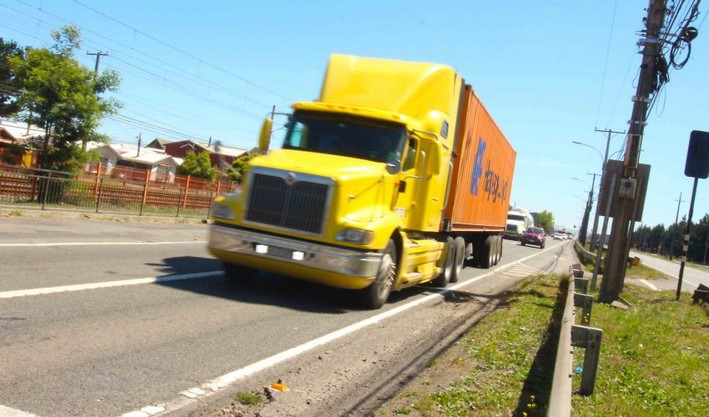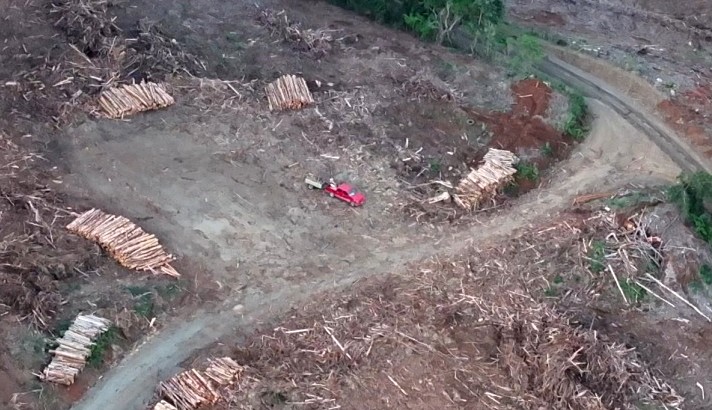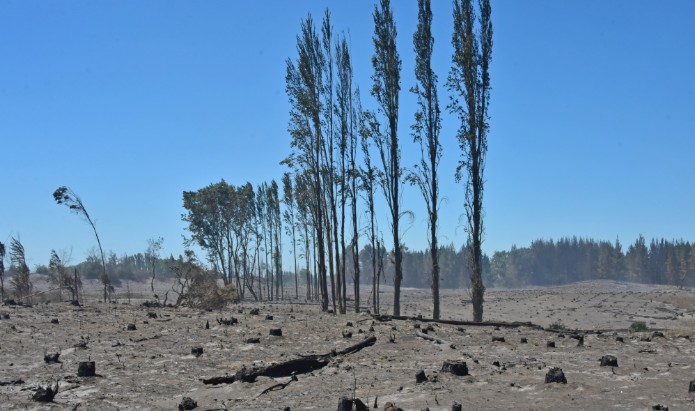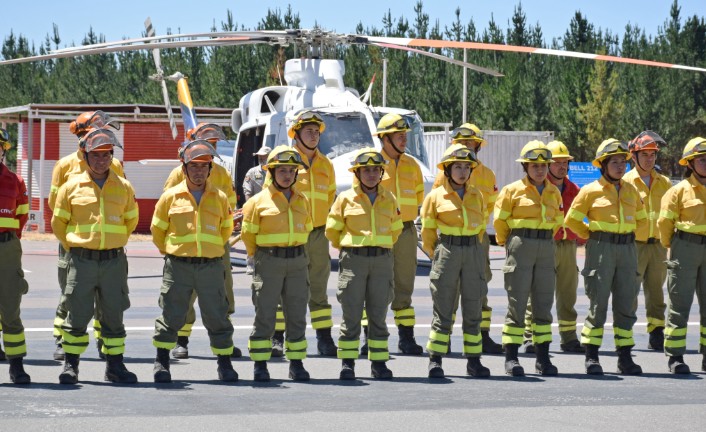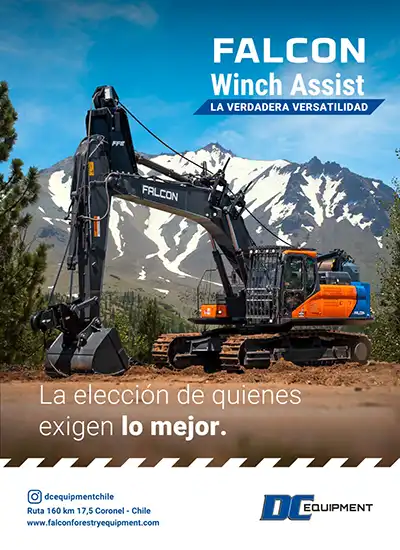Region: Sustainable Fuel Industry from Forest CO₂ Being Promoted
The Biobío Region, traditionally linked to forestry development and the pulp industry, seeks to transform itself into a new energy epicenter in Chile. A group of companies, universities, and research centers is promoting the production of synthetic fuels capable of powering airplanes, ships, trucks, cranes, and heavy machinery, using carbon dioxide (CO₂) captured from forestry processes and green hydrogen.
A "Biogenic" CO₂
The heart of these types of fuels is the capture of CO₂ considered biogenic, meaning it is of biological origin—in this case, from forest biomass—which, when released in industrial processes, maintains a carbon-neutral cycle.
Andrea Moraga Paredes, manager of the Hydrogen and Sustainability Unit at the Technological Research Institute of the University of Concepción, commented that "the CO₂ used in this process comes from combustion, directly from the processes. It is an emission that goes into the air and is polluting because it is a greenhouse gas. Since pulp companies have forests, what trees do in their photosynthesis process is take in carbon dioxide and convert it into oxygen. That is why we talk about carbon neutrality: the same carbon that is emitted is the one that was previously absorbed by the forests."
According to Moraga, Biobío is the region of the country with the greatest availability of this type of carbon, which opens a strategic opportunity. "Throughout all of Chile, the region that has the most available biogenic carbon for direct capture from a process is the Biobío Region. Both from pulp plants and biomass plants, as well as biogas plants, for example. It is more efficient to capture it from industrial chimneys than from the air, because it is much more concentrated there," she adds.
From the Laboratory to Industry
Synthetic fuels, also known as e-fuels, are generated by combining captured CO₂ with green hydrogen, produced from renewable energy. One of the best-known routes is the Fischer-Tropsch process, which allows synthesizing synthetic diesel and gasoline, among other hydrocarbons, with properties similar to traditional fossil fuels.
"There are different ways to convert this hydrogen and this carbon dioxide into hydrocarbon products. Almost all the ones we know today come from oil. What is being sought now is to replicate those processes, but using sustainable inputs and renewable energies," details Moraga.
The researcher adds that technical viability is no longer in question: "This is being done. We have examples in Magallanes (Haru Oni) and soon in Biobío, where a pilot plant (Synfuels Biobío) is already being built. Even in laboratories at the University of Concepción, we are producing methanol. The challenge today is one of scale: how to make it cost-competitive and with customers willing to buy these products."
Heavy Transport in the Crosshairs
One of the main projected uses for these fuels is freight transport, a sector difficult to electrify due to the weight of batteries and the range required for long routes.
Javier Soubelet, manager of H2V Biobío, emphasizes that this is a priority market, as "we are opening other potential uses, such as mobility for heavy freight transport, specifically trucks, forklifts, and we are thinking about the entire chain of hydrogen derivatives, with the great availability of CO₂ from the forestry industry to produce synthetic fuels and methanol."
Soubelet specifies that there is already a concrete project: "In the case of synthetic fuels, diesel or gasoline, there is an initiative sponsored by a consortium made up of Arauco, Copec, Abastible, and a German company. They want to develop a pilot production plant at the Horcones Plant in Arauco."
A Long-Term Bet
The initiative, Synfuels Biobío, is led by Bioforest, the research subsidiary of Arauco Companies, and involves various companies and international technology partners. The proposal was awarded within the Strategic Technological Program (PTEC) of Corfo, which will allow the installation and operation of a pilot plant in the region, and seeks to position hydrogen as a key vector in Chile's energy transition.
Sebastián Mandiola Peralta, manager of Bioforest, stated that "companies such as Abastible, Copec, and Ineratec are participating, along with numerous associates and interested parties supporting the development. What we seek is to validate technologies for capturing CO₂ emitted by the forestry industry and produce e-fuels with high potential for commercial scaling."
The goal is that in the coming years, Biobío will not only be an export center for pulp and wood but also for clean energy for national and international heavy transport.
The Economic Challenge
The production of e-fuels still has significantly higher costs than fossil diesel, so the bet is based on the expectation of a drop in green hydrogen prices and increasing regulatory and market demands around decarbonization.
Andrea Moraga emphasizes: "The word viability is complex because it includes technical, economic, and social factors. Technically, it is already possible; economically, it will depend on scale and having stable demand. But this is the path being followed worldwide, and Chile has comparative advantages, especially in the Biobío region."
While Europe and Asia are advancing regulations that will require cleaner fuels in aviation and maritime transport, Chile seeks to position itself as a supplier of these inputs. In this scenario, the Biobío Region emerges as a key territory, thanks to its forest-industrial ecosystem and the joint work between academia, companies, and the state.
Source:Diario Concepción


